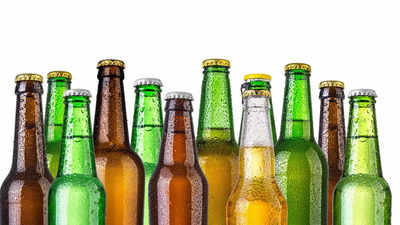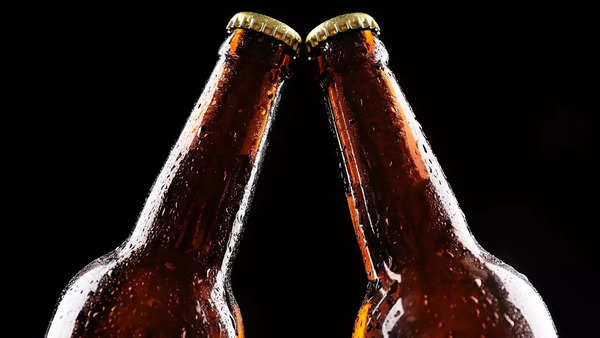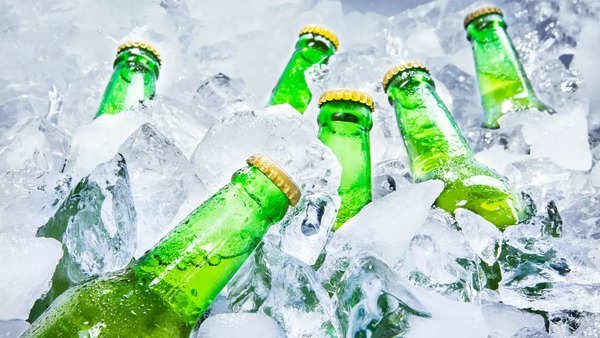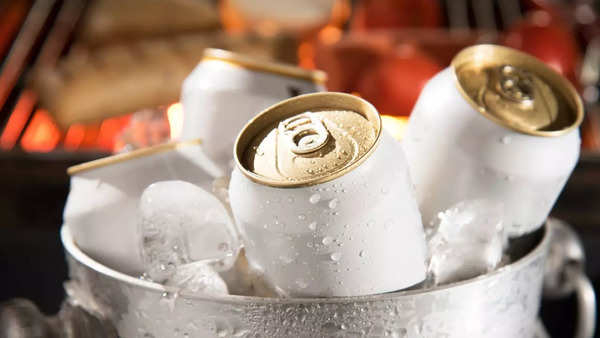If you have ever popped opened a beer and wondered why your beer bottles came in various colours, you might be surprised to find that these colours are silently battling with sunlight. The colour of beer bottles holds a much greater significance than just aesthetics or marketing, it profoundly impacts the preservation of flavour and freshness in beer.
Significance of beer bottle colour
Beer has been bottled since the 19th century, mainly because glass was discovered to be an excellent material for keeping beer fresh. However, brewers soon realised that clear glass bottles were not apt for storing beer. Beers kept in clear bottles would, when exposed to light, contain flavours and aromas that were unpleasant. Breweries call this phenomenon “lightstruck,” which happens when UV rays penetrate the beer and react with its ingredients, particularly hops. Hops contain isohumulones, compounds that can give off a skunk-like smell when exposed to UV light.
Brown bottles: Protectors
Brown or amber bottles will probably best protect your beer. They prevent destructive UV rays from entering your brew. By preventing any light from passing through the bottle, they thereby prevent sensitive compounds in the beer from undergoing chemical reactions that would create unpleasant flavours. Hence, brown bottles assure purity in the drink’s taste. Brown bottles generally emerged in use when brewers were desperate to combat the adverse effects of light and other exposures on their products. Today, though, they are still dominant in the brewing industry.
Green bottles: A risky choice
During World War II, brown glass was scarce in the market. Breweries started using green glass at that time and consumers related quality beers with this colour, however, they do not offer the same level of protection against UV rays as brown bottles. Beers that are stored in green bottles are more likely to become lightstruck, resulting in that infamous skunky flavour. Still, many breweries stand their ground and use green bottles simply because of branding and tradition, as well as for those drinkers who have fallen in love with the flavour.
Clear Bottles: The og or the wildcard?
Clear glass bottles are an entirely different story. The clear bottles enable one to view the colour of the beer, while providing no protection against UV light. Therefore, beers in clear bottles are most likely to suffer lightstruck if left outside for an extended period under direct sunlight exposure, but there’s a twist, in recent years many manufacturers have begun applying UV-protective coatings to clear glass bottles. These advancements help to strike a balance between the risks associated with clear packaging while still allowing consumers to see the product inside.
The rise of cans
In addition to traditional bottles, cans have become increasingly popular among breweries and consumers. Cans are 100% UV protected; therefore, the beer will stay fresh and unexposed to any form of UV light when it’s stored in them. They also get chilled faster and are quite convenient for outdoor sessions or gatherings.
Your beer bottle colour isn’t just a meaningless marketing gimmick but rather a scientific development between science and consumer desires changing with time over centuries. So the next time you go for that cold one, think not only about what’s inside but how its container delivers a perfect sip.





